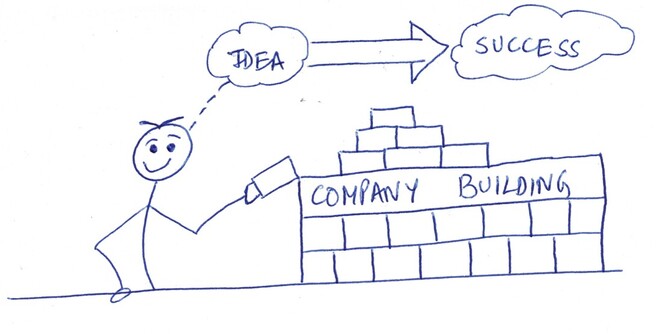Little Summaries of Company Building: Part 16
Previous Notes:
Observations from experiences on company building:
- Little Summaries of Company Building: Part 1
- Little Summaries of Company Building: Part 2
- Little Summaries of Company Building: Part 3
- Little Summaries of Company Building: Part 4
- Little Summaries of Company Building: Part 5
- Little Summaries of Company Building: Part 6
- Little Summaries of Company Building: Part 7
- Little Summaries of Company Building: Part 8
- Little Summaries of Company Building: Part 9
- Little Summaries of Company Building: Part 10
- Little Summaries of Company Building: Part 11
- Little Summaries of Company Building: Part 12
- Little Summaries of Company Building: Part 13
- Little Summaries of Company Building: Part 14
- Little Summaries of Company Building: Part 15
Observations from experiences on company building:
- Weak Areas:
- Founders are humans. And all humans have weak areas. Recognizing this early on is super helpful. It is the difference between "doing a startup" versus "building a company". In the former case, the exit could be small, though still meaningful to the founders. And in the latter case, a ton of people benefit in a handsome way.
- Most technical founders do not like sales. Very few founders like fundraising. The percentage of founders who like operations is even less. Needless to say, this varies based on the founder(s) background. It could be completely different for a founder coming from a strong sales background. Or relevant industry background.
- As a starting point, a crude sketch works. List what is your true love. And everything else. Within the everything else category, write things that you have some understanding of. This sketch almost becomes the building blueprint for scaling the startup hiring.
- There is more than one proven way to take care of not-so-favorite areas, i.e., the weak areas.
- One is to hire from outside. Depending on the stage you do this, the effort it takes for the new hire to settle in would vary. This strategy always carries the trust risk. External hire is unproven till they prove themselves. Past background and referral may get someone in, but they need to show they can add value.
- The second strategy is to observe every team member with a keen eye as the startup is growing. And offer the role to someone from within. This strategy has less risk, but a longer wait period. It is amazing and so refreshing to see how a team member can execute a new function with ease. Founders could transition someone from marketing to operations or vice-versa, for example. Since the mutual relationship already exists, coaching becomes easier.
- One critical piece often overlooked is equity. If founders go stingy on equity, it carries future risk. Be it an external hire or a team member promoted from within. Once they discover their value, it is too late. Treat them well from day one. Remember they are taking away a major headache for you. Think of this as a special forces team. Everyone has a specific skill. And they are all equal.
Let's Talk: If you have a true experience that resonates, please send me an email.
#startup #founders #startupfounders #startupjourney #startupstories #startupsuccess #lessonslearnt #startupideas #little summaries # companybuilding
